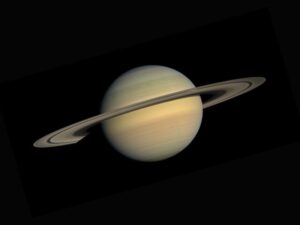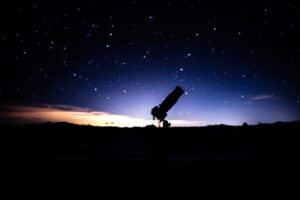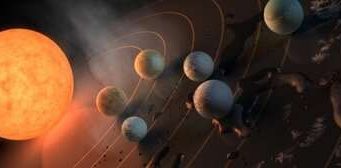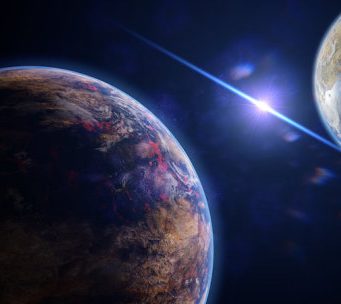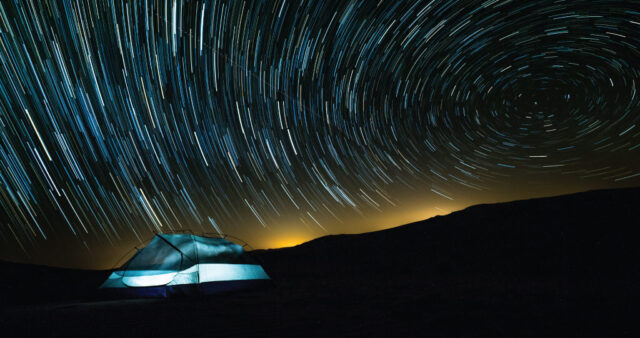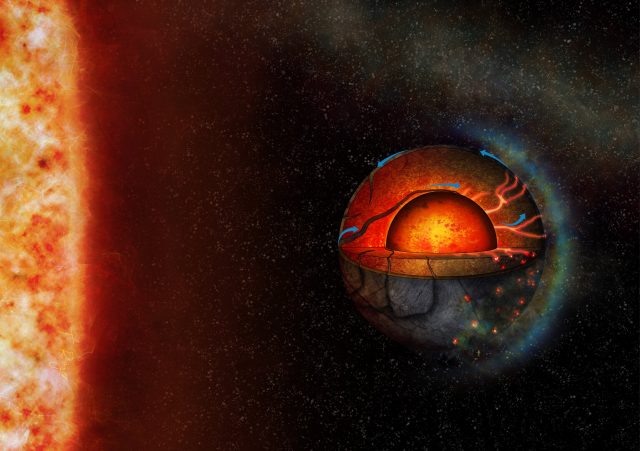One of the great mysteries of modern space science is neatly summed up by the view from NASA's Perseverance, which just landed on Mars: Today it's a desert planet, and yet the rover is sitting right next to an...
Not all stars shine brightly all the time. Some have a brightness that changes rhythmically due to cyclical phenomena like passing planets or the tug of other stars. Others show a slow change in this periodicity over time that...
On Earth, plate tectonics is not only responsible for the rise of mountains and earthquakes. It is also an essential part of the cycle that brings material from the planet's interior to the surface and the atmosphere, and then...
About 17 years ago, J. Martin Laming, an astrophysicist at the U.S. Naval Research Laboratory, theorized why the chemical composition of the Sun's tenuous outermost layer differs from that lower down. His theory has recently been validated by combined...
The study's target, Psyche, is the destination of an upcoming NASA mission
A close examination of the millimeter-wavelength emissions from the asteroid Psyche, which NASA intends to visit in 2026, has produced the first temperature map of the object, providing...
A team of astronomers led by Dutch scientists has directly imaged a giant planet orbiting at a large distance around a sun-like star. Why this planet is so massive and how it got to be there is a mystery....
In recent years there has been an exhaustive study of red dwarf stars to find exoplanets in orbit around them. These stars have effective surface temperatures between 2400 and 3700 K (over 2000 degrees cooler than the Sun), and...
Astronomers are now in a better position to interpret observations of supernova remnants thanks to computer simulations of these cataclysmic events by RIKEN astrophysicists.
When certain types of stars die, they go out in a blaze of glory—an incredibly powerful explosion known...
Research shows that a new telescope could detect a potential signature of life on other planets in as little as 60 hours.
"What really surprised me about the results is that we may realistically find signs of life on other...
One day, humankind may step foot on another habitable planet. That planet may look very different from Earth, but one thing will feel familiar -- the rain.
In a recent paper, Harvard researchers found that raindrops are remarkably similar across...
In the recent past, space missions dedicated to the study of astrophysical signals in the high-energy spectrum revealed a series of enigmatic excesses not predicted by the theoretical models. In order to find an explanation for these anomalies, many...



